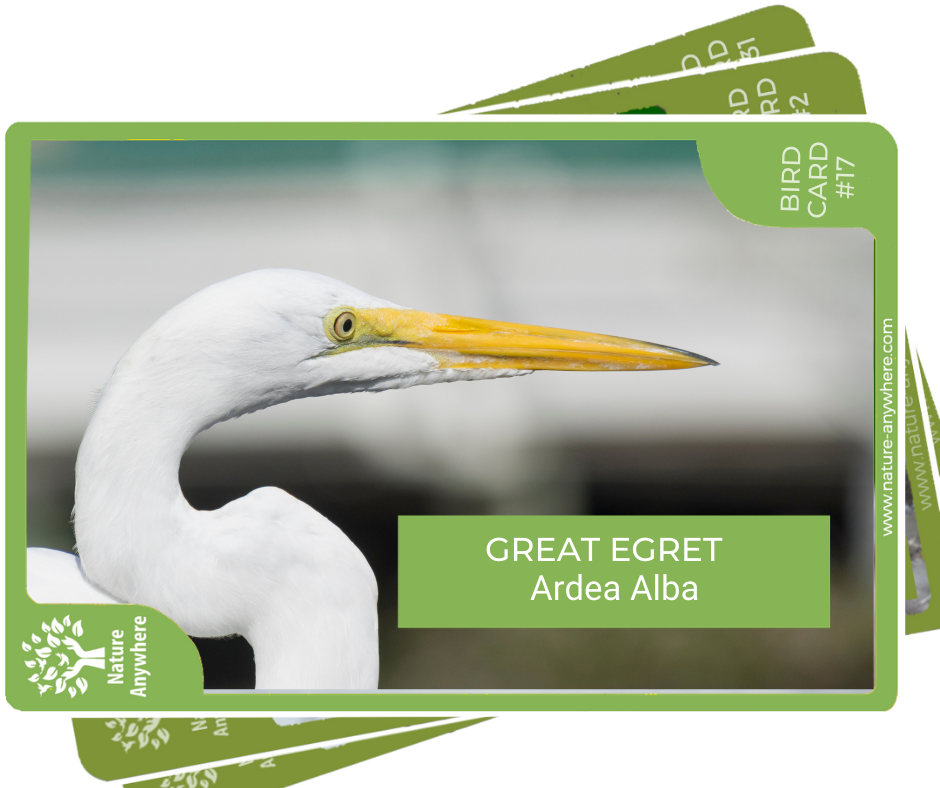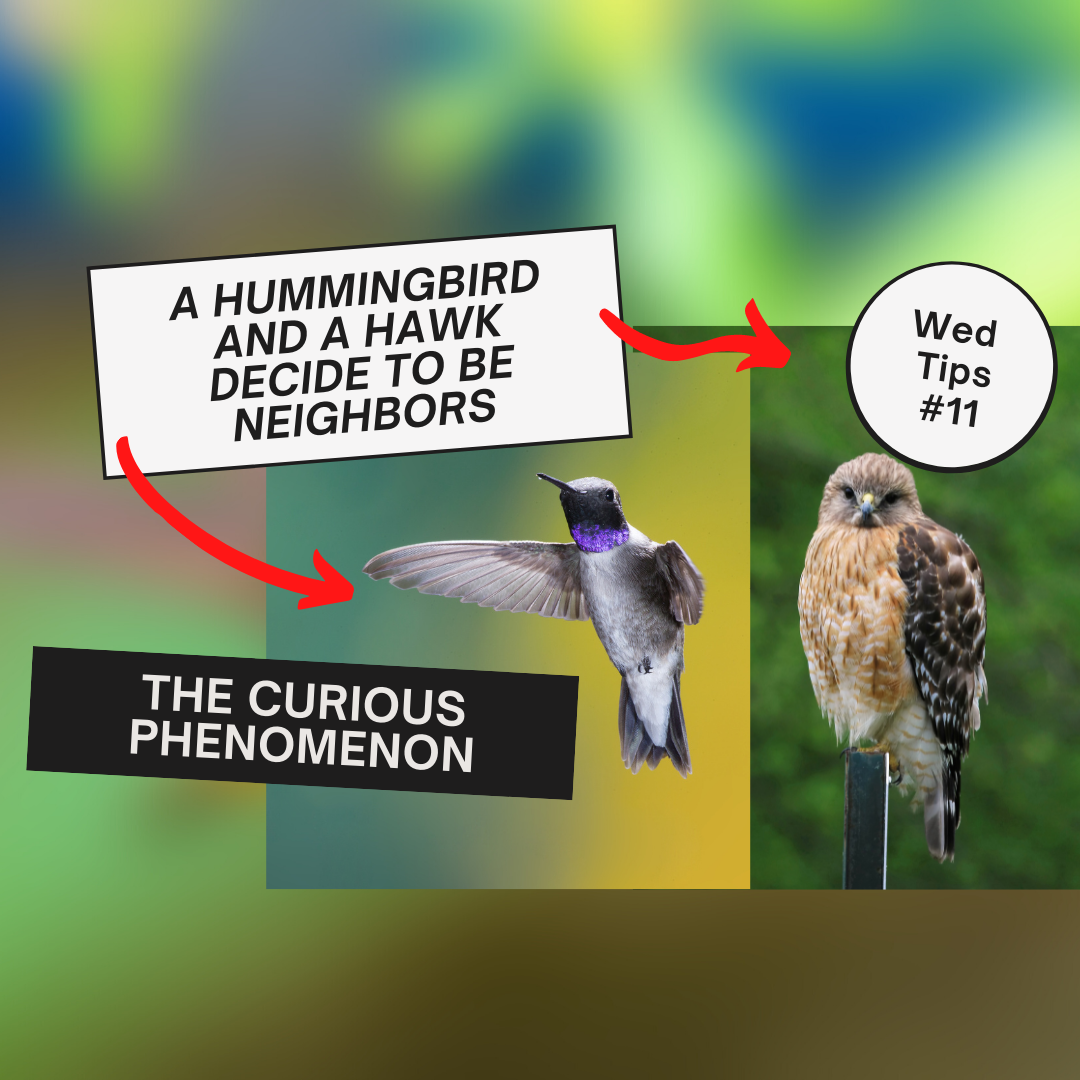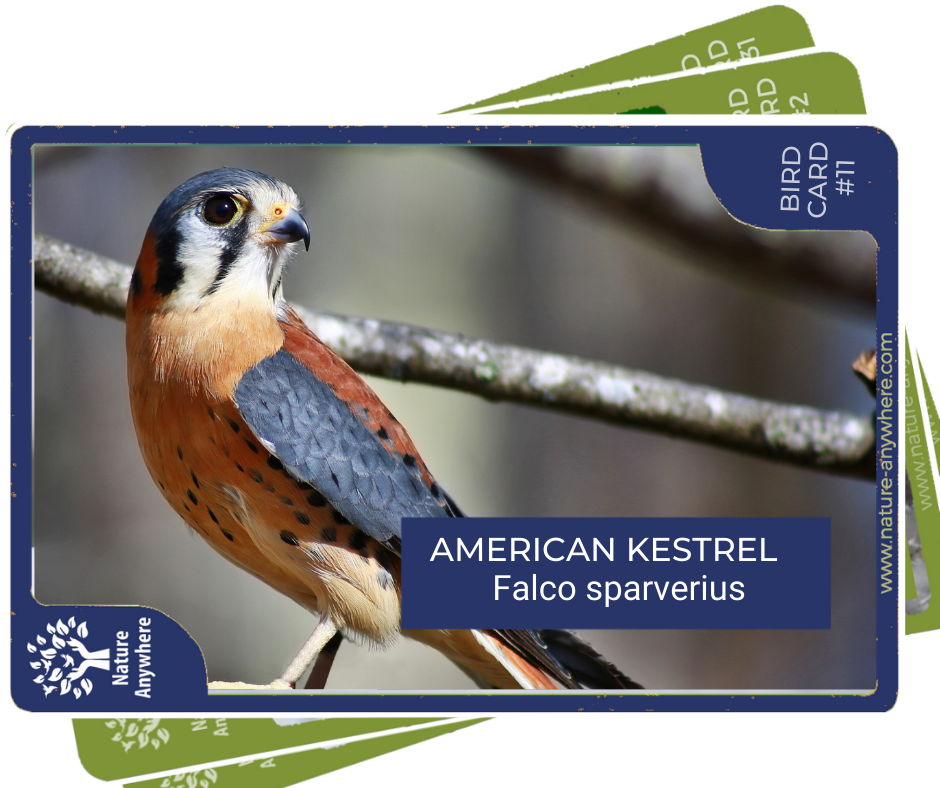
For those of us who live in the wetlands, this is a wonderful bird to learn about. And for those of who don’t don’t - this is a wonderful bird to learn about!
The great egret is a species of crane and is one of the largest in the world. This slender, elegant bird lives in warm areas where there are marshes and wetlands. In Texas you will find them year round as well as in Florida, all the way up the Atlantic coast to Maine, southern Canada, then west to the Great Lakes.
They like water sources, shallow if possible: streams, lakes, ponds, mud flats, saltwater and freshwater marshes. But if you give them the choice, they will choose wooded swamps.
It is awe-inspiring to see them spread their wings and fly. Their long necks become “S”-shaped and they extend their legs past their tails and soar above us. But when they hunt, it’s striking to watch and teaches us the meaning of patience: they stand completely still or wade slowly through the water then suddenly jab their great yellow bill with lightning speed and accuracy into a juicy fish sometimes half its size, which it then swallows whole.
Great egrets are daytime feeders. At dusk they fly from their various spots in the marsh and form communal roosts. Sometimes their colonies also include cormorants and ibises.
Like many heron species, great egrets steal most of their food from smaller herons and even from their own brood. Many birds scavenge and steal from others when food is scarce. But these guys steal from their own roosts even when food supplies are plentiful!
In the late 19th century, great egrets were hunted nearly to extinction as their gorgeous plumes were in high demand for decorating hats. This is what sparked the beginning of conservation movements and some of the first laws to protect birds.
LOOKS

Great egrets are 3 feet long from bill to tail, and about 3.2 feet tall. They have a wingspan of almost 5 feet, and weigh about 2-2.5 lbs.
Great egrets have elegant white plumage, almost like lace, with long, yellow bills, a bright lime-green patch around the eyes and long, black legs. This is what distinguishes them from other herons.
The lace-like feathers on their back are called “aigrettes,” which they use in courtship displays. Males and females look the same but males are larger.
The average lifespan of a great egret is 15 years. In captivity they can survive up to 22 years.
EATS
Wading slowly through shallow water, great egrets are masters at striking suddenly to spear fish and catch insects. They eat frogs, snakes, crayfish, fish, mice, crickets, aquatic insects and grasshoppers, among many other insects.
SOUNDS
When great egrets are not in their breeding grounds, they are pretty much silent. But if they feel threatened or in the presence of competitors, they snap their bills loudly while lowering and sending their heads forward to show the predator or competitor the exit.
But in the mating season, the mute button is off! They start by using harsh calls to claim their territory and woo females. These calls are dry, mechanical croaks, sometimes nasal sounding.
GREAT (EGRET) LOVE
Great egrets can be very aggressive, especially when it comes to courtship, nesting and as mentioned above, feeding.
They are mostly monogamous birds. Around mid-April, the male selects a territory and performs a series of mating rituals to attract the female. The two build fairly flimsy nests made of stems, twigs and sticks, situated as high up a tree as possible. These nests are usually built near other heron nests.
The female lays 3-4 pale greenish-blue eggs which are incubated by both the male and female for 23 to 26 days. The little egrets usually fledge 2-3 weeks after hatching. If any of the first eggs are damaged, the egrets can actually “replace” them.
The little ones are at first fed by regurgitation, followed by “bill-grabbing'', where the parent holds the prey and the nestling nibbles on it.
After the fledgelings leave the nest, it is very common for them to accompany the adults on long journeys.
EGRET SYMBOLISM
A heron was the messenger for Athena, the goddess of wisdom. Homer writes that she sent a heron to Odysseus during his odyssey as a sign that she was watching over him.
Herons are symbols of good fortune in many Native American tribes. If Native American fishermen see a heron, it is a good sign for a successful fishing trip
Herons are also believed by some to be symbols of good luck, especially if they land on your home or just drop a feather nearby.

FUN FACTS
- The great white egret is found on all continents except Antartica.
-
Money talks (or flies): The great egret is depicted on the reverse side of a Brazilianbanknote. It is also featured on the New Zealand $2 coin and the Hungarian 5-forint coin. In Belarus a commemorative coin has the image of a great egret.

- In continents other than America, the great egret has a black bill during the mating season.




Leave a comment
All comments are moderated before being published.
This site is protected by hCaptcha and the hCaptcha Privacy Policy and Terms of Service apply.